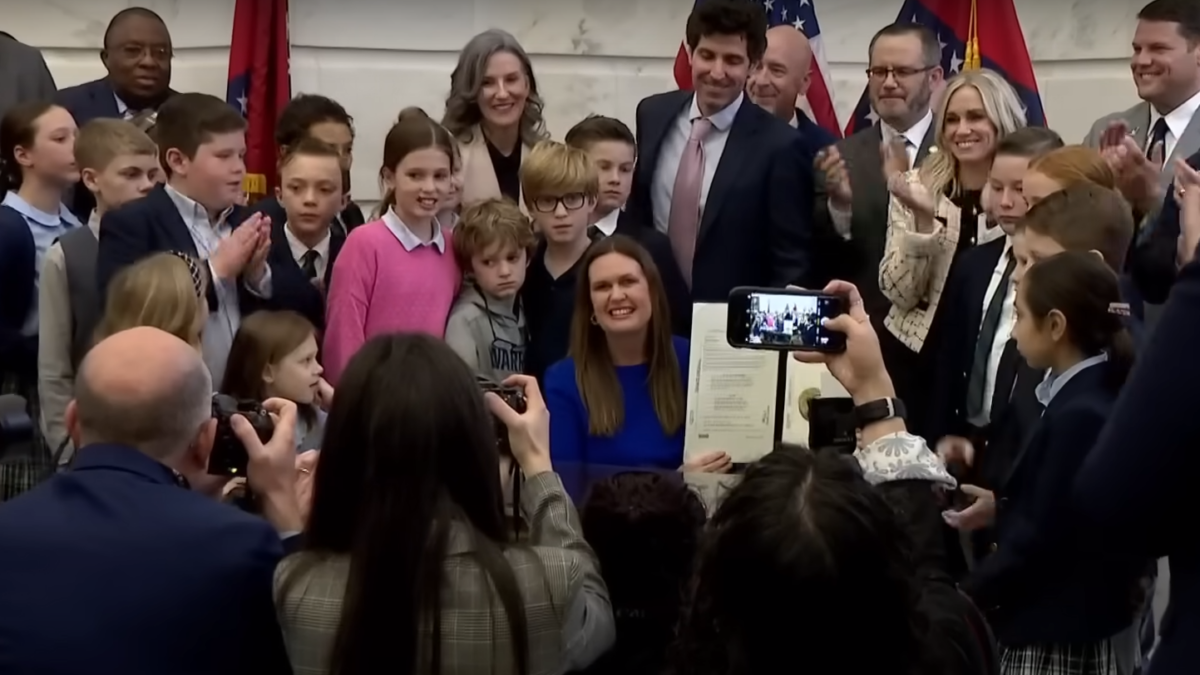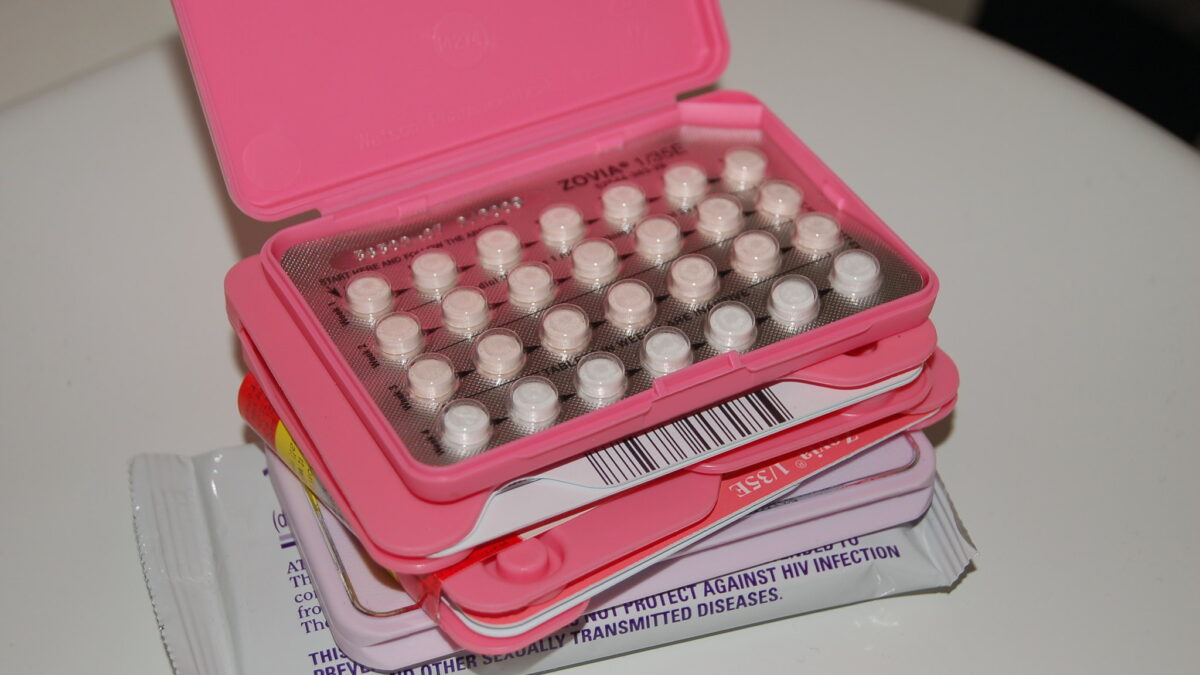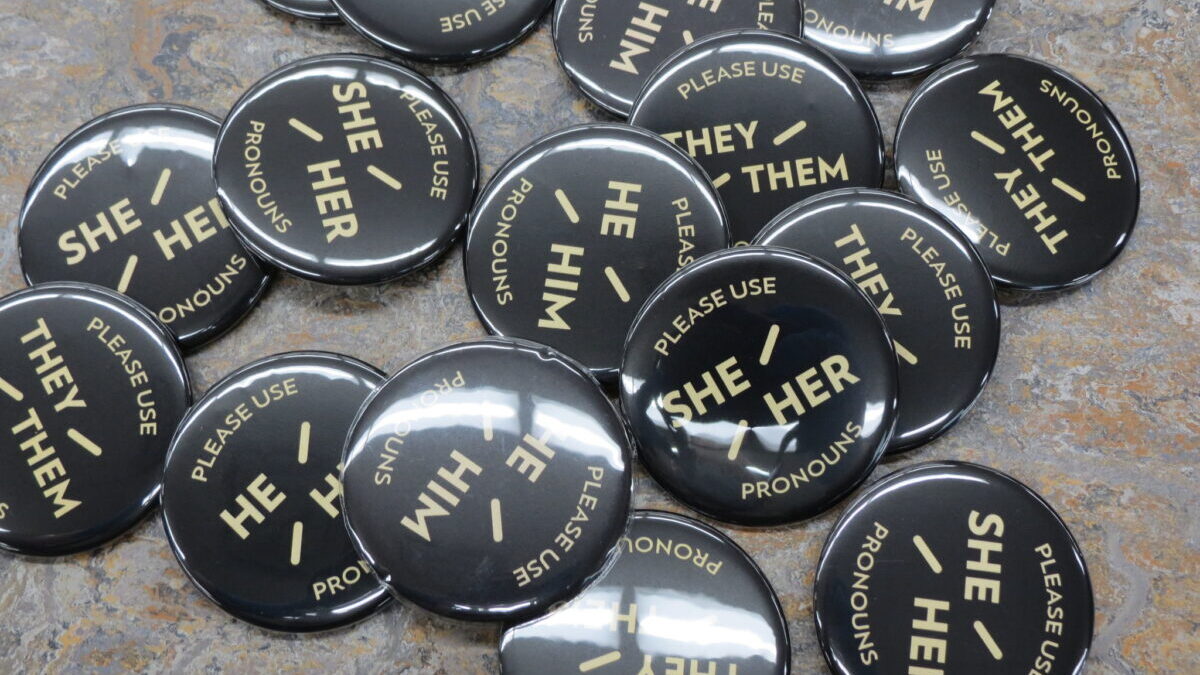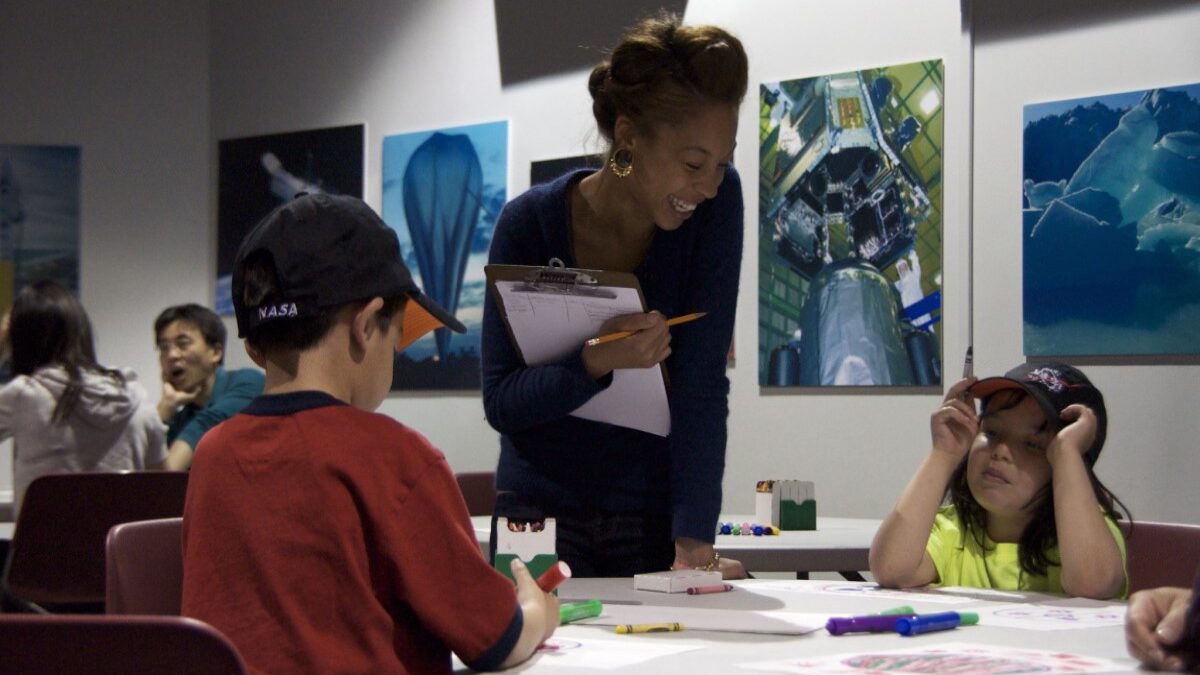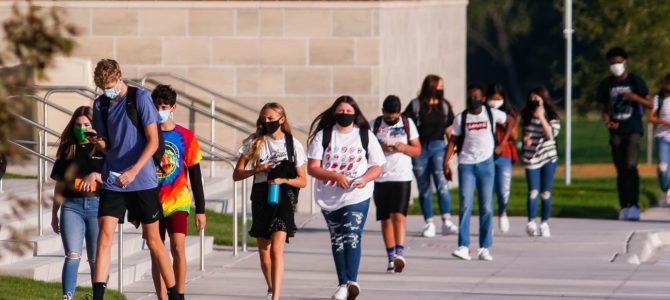
Last week, it was my great pleasure to help with my high school’s freshmen orientation. I never thought I would look forward to doing this (normally I try to find ways to get out of it), but after the last school year, I was more than ready to interact with the kids without the onerous burdens of social distancing and masking.
I wasn’t alone in this feeling. Despite all the warnings about the new variant of COVID-19, many freshmen and sophomores (who didn’t get to enjoy their orientation last year) eagerly attended. Out of the hundreds there, only a small handful wore masks while the rest of them showed off their smiling faces as they reconnected with their classmates and played cheesy ice-breaker games with the other kids and us teachers.
Perhaps the most encouraging thing I observed at the freshmen orientation was the absence of smartphones. Normally, the kids who come to a freshmen orientation prefer to fend off boredom and socializing by gazing at their phones. This time, however, most of them had their devices out of sight, ready to start a conversation with the people next to them.
Screen Time Fatigue
While it may be part of the temporary euphoria of long-delayed human interaction, I suspect that there may be some burnout with the screens. Whether the students opted for virtual or in-person instruction (which was paperless and mostly virtual anyway), they all had to focus on the screen for hours at a time. Even when they grew understandably tired with navigating the clumsy educational applications, this usually meant putting one screen down for another, as they moved from reading their e-textbooks to watching soccer or playing Among Us on their phones.
With this the norm, one cannot overstate just how bad it all was during the past school year. Not only did the screens take a toll on students academically, they all but destroyed their social lives. Students both at home and school sat in their classes dead-eyed and silent as their teachers tried to reach them (often fruitlessly) either remotely or from behind a mask.
As most teachers could attest, the loneliness and despair among students was almost palpable. Some students in virtual classes would even attend a teacher’s online tutorial session on Zoom to vent and cry about their situation. Meanwhile, more than a few students attending classes in person would suddenly be absent for a month or more after having an emotional meltdown. Although teachers put on a brave face, they struggled too with so many socially distanced lunches and team meetings becoming intense venting sessions.
The studies and reports bear this out. Teen suicides and suicide attempts skyrocketed last year. Many students fell into depression and anxiety, feeling like prisoners wherever they went. Yet, for adults committed to the corporate media narrative, this suffering was a small price to pay for possibly slowing down the spread of the virus.
With that said, it would be a mistake to blame all this on COVID-19. The virus merely amplified what already loomed in schools. Anxiety and depression were already on the rise. Students were already having problems socializing and finding meaning in anything.
As fellow teacher-writer Jeremy Adams details in his new book “Hollowed Out,” this generation of kids “seem mysteriously barren of the behaviors, values, and hopes from which human beings have traditionally found higher meaning, grand purpose, or even simple contentment — and little that is worthwhile has filled this vacancy.”
Screens Steal Our Grip on Reality
In response to this crisis, many districts have instituted various forms of Social Emotional Learning (SEL) on the campuses. When it doesn’t slip into progressive propaganda, this usually involves teachers and counselors giving presentations on mental health, good habits, and building community. As with any public school initiative, most SEL programs tend to be top-down, one-size-fits-all kinds of affairs, often missing the authenticity and persuasiveness to reverse the downward course of the culture.
Still, SEL can be helpful in connecting kids with people who can help them. But more is needed now, especially if we’re trying to move past the virus. Students need to return to reality in a big way. This means they need to function without their smartphones for an extended period of time. This also means schools should follow suit and present opportunities for them to interact with their peers and engage with the local community.
After all, socialization is the biggest selling point of formal schooling. While students could profit from more rigor in their classes, they at least stand to benefit from regular social interaction each day. I regret not reading and learning more as a student in public school, but I am grateful for learning how to relate to those with widely different backgrounds and developing the resourcefulness and patience to deal with socially stressful situations.
After a year of masking, distancing, and remote learning, we’ve learned the hard way just how important it is to have regular social interactions. Without it, we lose our grip on reality and ourselves.
Fortunately, I see a strong desire from teachers, students, and parents to see other people’s faces and return to some kind of normal. I believe it’s the strongest force holding back the renewal of COVID-19 restrictions. Teachers and students want to talk and sit together again. They want to go to the football games and pep rallies, orchestra and band concerts, plays and musicals, and the homecoming and prom dances. These events build community and make the school experience more memorable.
We should capitalize on this momentum and use it to not only return to normal, but to something even better than normal: a whole environment where the screens are absent, the moments are real, and modern education becomes more human. Last year taught us how much we miss these things. This year, we can take what we’ve learned and apply it for the good of everyone.


